Study the diagram and answer the questions that follow:

State the composition of part .6..
Part .6. is cytoplasm. Cytoplasm is composed of water, protein, carbohydrates, fats and mineral salts.
Topper's Solved these Questions
- BOOK - ICSECHAPTER - CELL:THE UNIT OF LIFE EXERCISE - TOPIC 3(1 Mark Questions )5videos
CELL:THE UNIT OF LIFE
- BOOK - ICSECHAPTER - CELL:THE UNIT OF LIFE EXERCISE - TOPIC 3(2 Mark Questions )7videos
CELL:THE UNIT OF LIFE
- BOOK - ICSECHAPTER - CELL:THE UNIT OF LIFE EXERCISE - TOPIC 2(3 Marks Questions )4videos
CELL:THE UNIT OF LIFE
- BOOK - ICSECHAPTER - CELL: THE UNIT OF LIFEEXERCISE - REVIEW QUESTIONS (E. STRUCTURED/APPLICATION/SKILL TYPE)3videos
CELL: THE UNIT OF LIFE
- BOOK - ICSECHAPTER - DIGESTIVE SYSTEM EXERCISE - PROGRESS CHECK42videos
DIGESTIVE SYSTEM
Similar Questions
Study the diagram and answer the questions that follow :
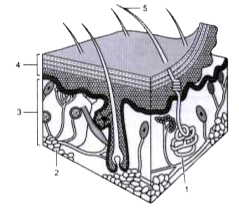
Label the parts 1-5View SolutionGiven below is the diagram of the male reproductive system and its associated parts in the human body. Study the diagram and answer the questions that follow:
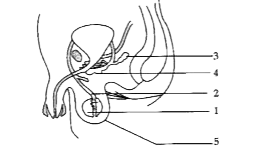
State the functionn of the part marked 2and 3.View SolutionStudy the diagram and answer the questions that follow:
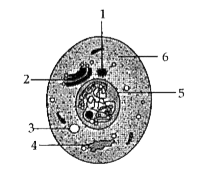
Give the function of parts .5. and .6..View SolutionStudy the diagram and answer the questions that follow :
Explain the function of part 3.View SolutionGiven below is a diagrammatic representation of a defect of the human eye which has been corrected using a suitable lens. Study the diagram and answer the questions that follow:
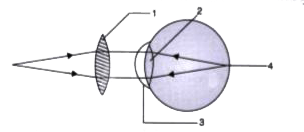
State the functions of the parts numbered 3 and 4.View SolutionStudy the diagram given below and answer the questions that follow:
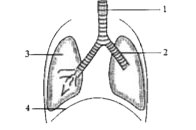
State the function of parts labelled as 3 & 4.View SolutionStudy the diagram and answer the questions that follow :

Explain the function of parts .1. and .2..View SolutionStudy the diagram and answer the questions that follow :
Label the parts 1 - 4View SolutionStudy the diagram and answer the questions that follow:
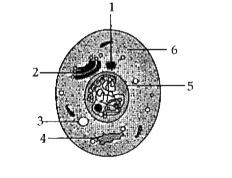
Label the parts 1 - 4.View SolutionStudy the diagram and answer the questions that follow :

Explain the function of parts 5 and 6.View Solution

